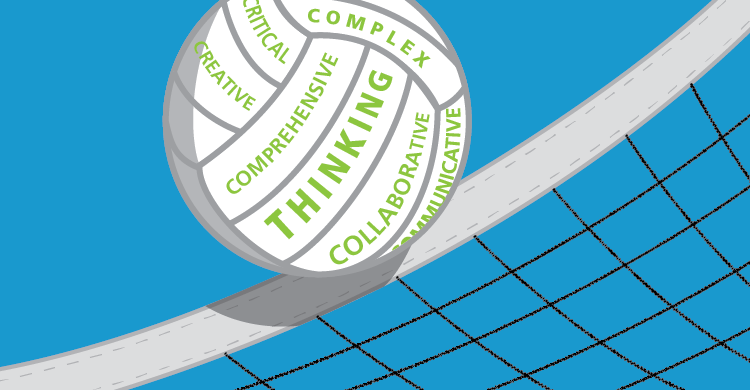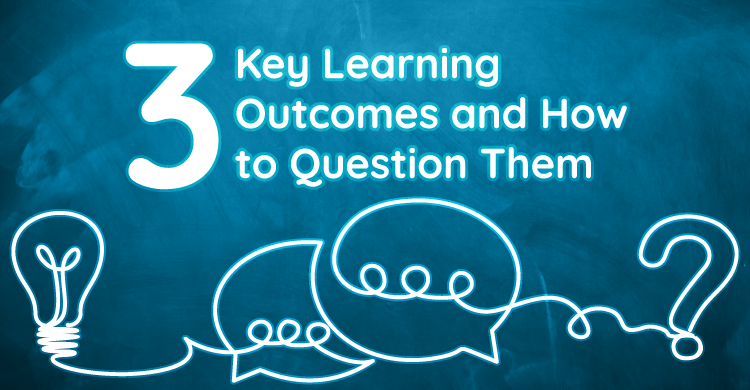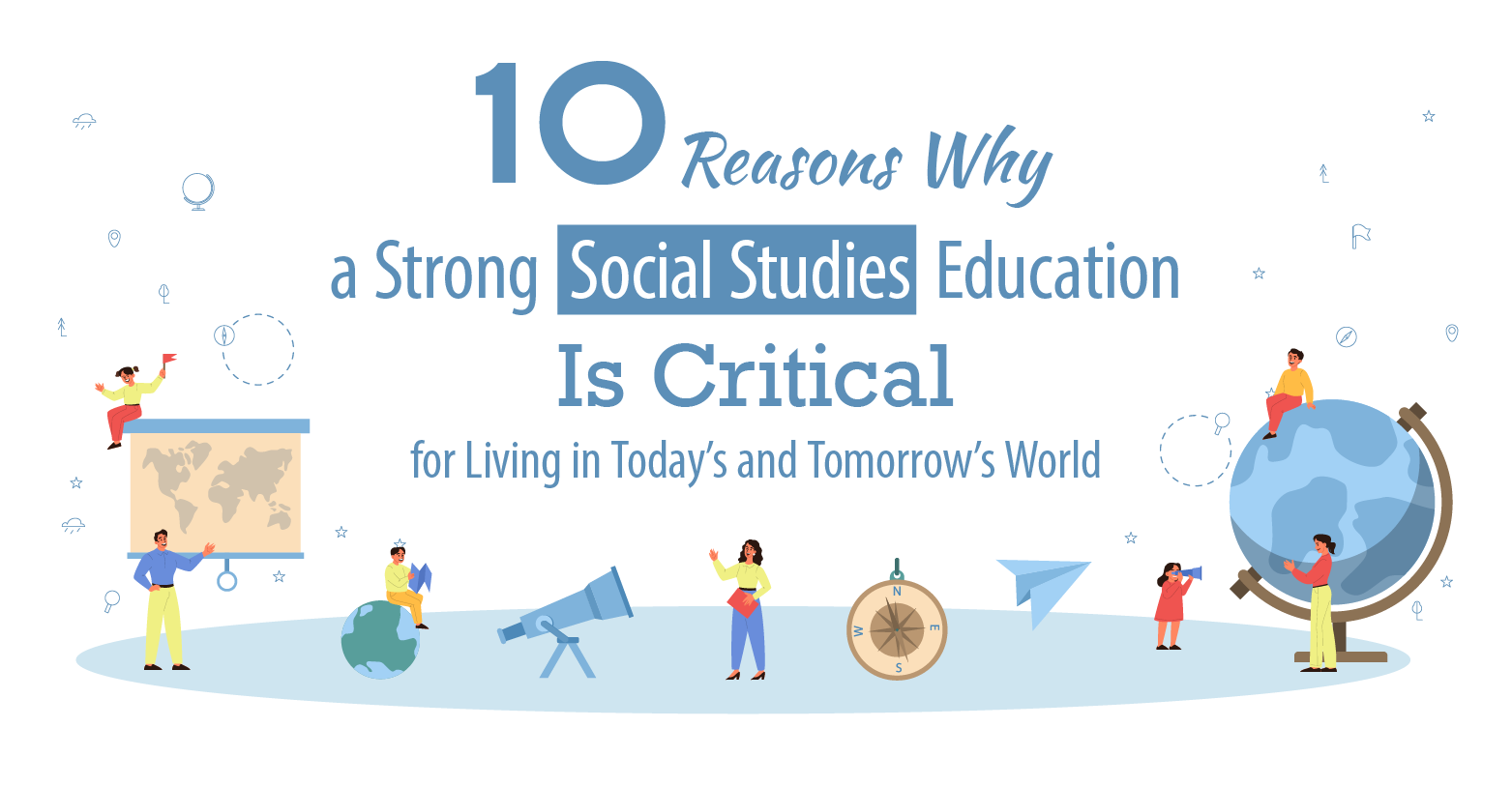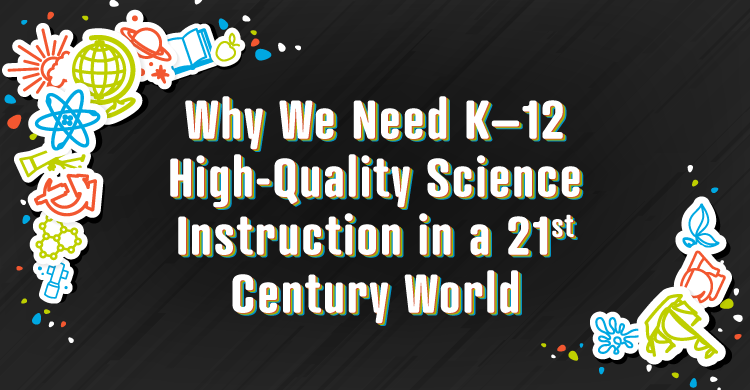“The person doing the talking is the person doing the learning” might be more palpable if it said, “The person doing the talking is the person doing the thinking.” In either case, when someone is explaining, describing or even arguing, that person is constructing meaning in his mind as he speaks. In fact, the person talking is actually forming or developing his concept and anchoring it into long-term memory as he composes, edits, revises, and clarifies his thoughts. It is the very process teachers seek in classroom conversations. They want to hear the thinking of the student and there is no better way than to have them speaking, conversing and articulating their ideas in class as part and parcel of the daily discourse.
It is not a secret how students learn the communication skill of speaking well. There is a learning curve that takes place over time. Students practice, rehearse and have multiple repetitions in the art of speaking and listening throughout their experiences in various grades and disciplines. In the process, the more they are required to speak and respond to a listening situation, the more effective they become.
To foster a hierarchy of skills within a well-structured, student-centered classroom there are three practices that students can do regularly: 1) Speak in complete sentences, 2) Practice the “back and forth” of conversation, 3) Demonstrate evidence of reasoning in their communications. The first provide the foundation for expressing a full thought, the second model conversation as a valued way of communicating and the third focuses on logic and reasoning as students present their point of view or perspective on an issue.
With this in mind, a strategy called, The Serve and Volley, has proven to be a viable exercise for k12 students as they learn to communicate effectively. Serve and Volley in classroom discourse, is likened to the serve and volley of the tennis court or ping-pong game. It simulates a back and forth, a speaker and a listener that work to keep the game or the conversation, going. With the following examples of Serve and Volley Rallies that immerse students in the art of conversing, the AB partners partake in structured conversations that guide the listening for a purpose and responding appropriately to a prompt.
To highlight the insight offered by Roger Lewins, “Too often we give children answers to remember rather than problems to solve”, the Serve and Volley Rallies are presented as student responses to teacher prompts that can range from historical quotes, to media presentations to science lab experiments. The rigor of higher order thinking is an expectation in these student dialogues as evidence by the sample
Seven Serve and Volley Rallies
The Serve and Volley Rallies are framed by the seven 21st Century Proficiencies. They include: Critical and creative thinking, complex, comprehensive and collaborative thinking, as well as communication skills and the cognitive skills of transfer and application for real world relevance. AB partners are designated in the Serve and Volley Rally sets. Teachers can preview the seven and find one that they want to try in their classrooms. It has been a great energizer for students.
#1Critical Thinking: Analyze, Evaluate, Problem Solve
A-Evaluate who needs to hear this message? Explain
B- Analyze-A/D – Give at least 1 reason
A-Summarize both comments into one sentence. (Evaluate-Prioritize)
B-Synthesize the entire conversation into three words or less (Problem Solve)Creative Thinking: Generate, Associate, Hypothesize
A-How does this quote relate to your own life experience?
B-Elaborate on 1 key point with multiple associations
A-Draw one conclusion based of all of the associations your partner generated.
B-Hypothesize: The concept of __ is like (__kitchen utensil ????) because both __.Complex Thinking: Clarify, Interpret, Determine
A Determine a significant theme from the media/text.
B Interpret your partner’s viewpoint by paraphrasing.
A Clarify the theme with another rich example.
B Determine if this is the central theme. Explain.Comprehensive Thinking: Understand, Infer, Compare
A Infer the gist that this message sends.
B Compare your understanding to your partners.
A Dig deeper into the message with life situation to exemplify the message.
B Contrast that example to one is a school setting.Collaborative Thinking: Explain, Develop, Decide
A Explain how you would approach this critical issue.
B Develop a next step for your partner’s approach. Justify.
A Explain why you think it’s a good idea.
B Represent this conversation using a song title.Communicative Thinking: Reason, Connect, Represent
A Make a connection between two (characters, problems or situations)
B Provide 2 good reasons why you agree or disagree.
A Connect thee reasons in an original statement.
B Represent the flavor of dialogue with a memorable quote.Cognitive Transfer: Synthesize, Generalize, Apply
A Generalize your opinion of this with evidence.
B Apply this opinion to a similar situation and explain the connection.
A Use a mathematical equation to connect the two situations.
B Synthesize the ideas discussed using a nursery rhyme.
The Serve and Volley Rallies have been developed in response to the CCSS in both language and speaking and listening skill areas. There are several references from the Common Core Standards that address speaking and listening language skills. In addition, the skill of persuasion and argument are dissected into learning targets for students.
College and Career Readiness Anchor Standards for Language
Conventions of Standard English
1. Demonstrate command of the conventions of standard English grammar and usage when writing or speaking.
Knowledge of Language3. Apply knowledge of language to understand how language functions in different contexts, to make effective choices for meaning or style, and to comprehend more fully when reading or listening.
Vocabulary Acquisition and Use5. Demonstrate understanding of figurative language, word relationships, and nuances in word meanings.
College and Career Readiness Anchor Standards for Speaking and Listening
Comprehension and Collaboration
1. Prepare for and participate effectively in a range of conversations and collaborations with diverse partners, building on others’ ideas and expressing their own clearly and persuasively.
3. Evaluate a speaker’s point of view, reasoning, and use of evidence and rhetoric.
Presentation of Knowledge and Ideas
4. Present information, findings, and supporting evidence such that listeners can follow the line of reasoning and the organization, development, and style are appropriate to task, purpose, and audience.
Specific learning targets supporting Persuasive Dialogues and Arguments
Persuasion and Argumentation
-
Construct argument
-
Develop ideas
-
Build on others’ ideas
-
Integrate Information
-
Respond to others’ argument
-
Compare arguments
-
Explain flaws in arguments
-
Decide if argument makes sense
-
Decide if arguments are correct
-
Determine domains to which an argument applies
-
Clarify arguments
-
Improve arguments
-
Draw conclusions
-
Justify conclusions
References:
How to Teaching Thinking Skills Within the Common Core-Bellanca, Fogarty and Pete.
National Governors Association Center for Best Practices & Council of Chief State School Officers. (2010). Common Core State Standards. Washington, DC: Authors.
[author_bio id=”341″]
[author_bio id=”53″]






